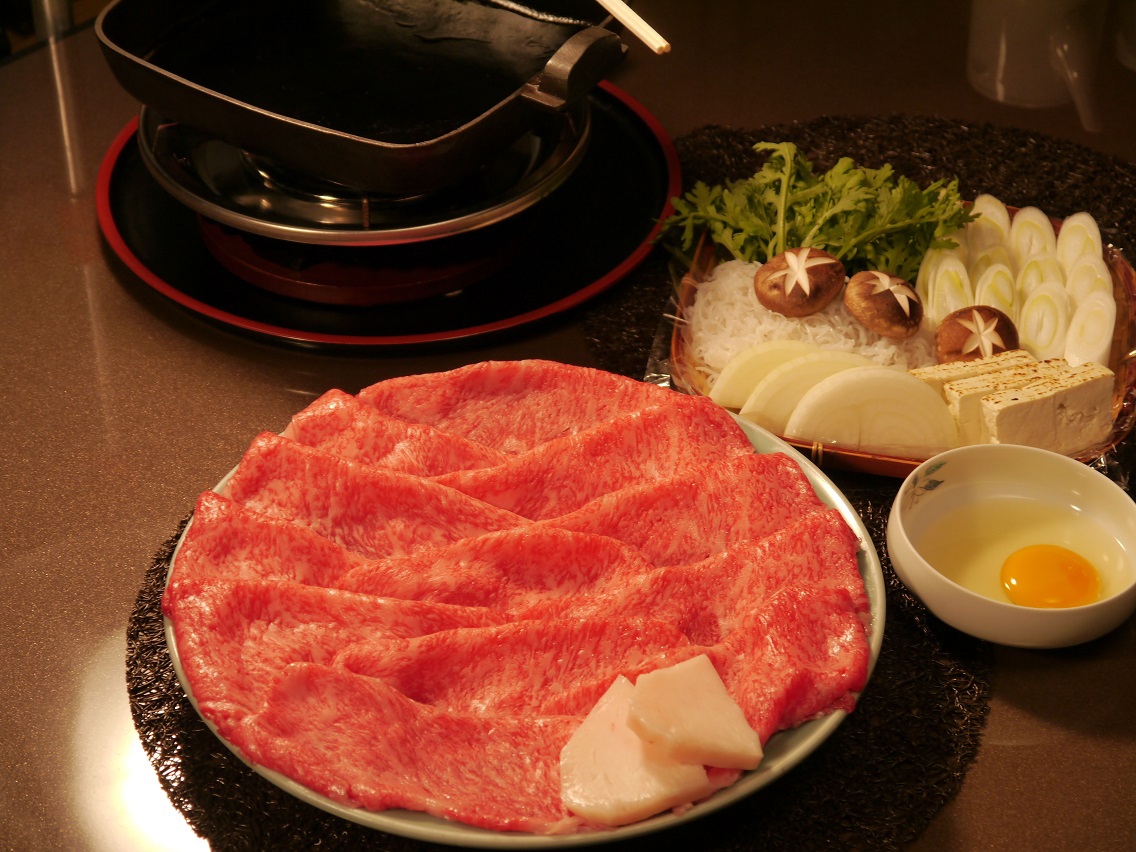Vegetable and fish tempura fried crisp and crunchy, paper-thin slices of wagyu changing color as they are dipped in a steaming hot shabu-shabu pot and delicate wagashi (Japanese confectionery) borrowing seasonal motifs from nature and classic Japanese literature are only a few examples of Japanese food that has come to win worldwide acclaim.
Japanese cuisine is prepared from choice seasonal ingredients, with careful attention paid to appealing to the five senses. "It's not merely about flavor and aroma. Japanese care about how the sizzle and sound excite the ears, while at the same time food needs to tempt the eyes with a fine presentation on elegant ceramic plates and lacquerware. Also respectful of seasonality, I think all those elements combined have allowed washoku (traditional Japanese cuisine) to be added to UNESCO's Intangible Cultural Heritage list in 2013," said Makoto Kondo, deputy director of the Export Promotion Division at the Food Industry Affairs Bureau of the Ministry of Agriculture, Forestry and Fisheries (MAFF).
"Taking advantage of such global recognition, MAFF is starting to collaborate with other ministries and the Japan External Trade Organization (JETRO). Altogether, we are trying to promote further exports of Japan's farm, forest and marine products," continued Kondo. Specifically, the ministry aims to raise the export value of such items as sake, wagashi, beef, dairy products, rice, vegetables, fruit, flowers, green tea, fish and processed marine products to a total of ¥1 trillion before 2020.


















With your current subscription plan you can comment on stories. However, before writing your first comment, please create a display name in the Profile section of your subscriber account page.